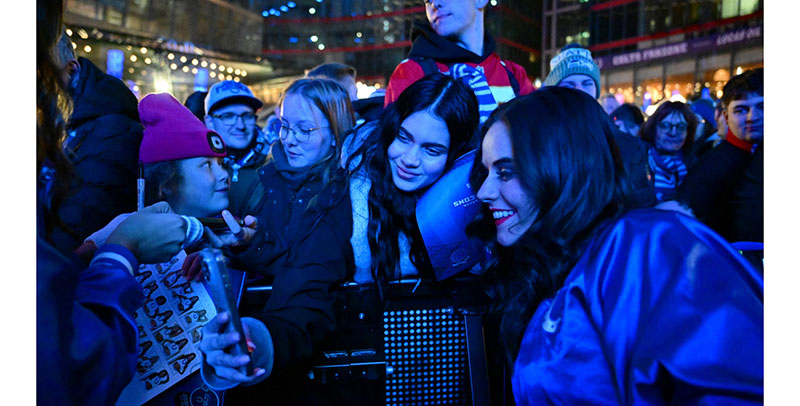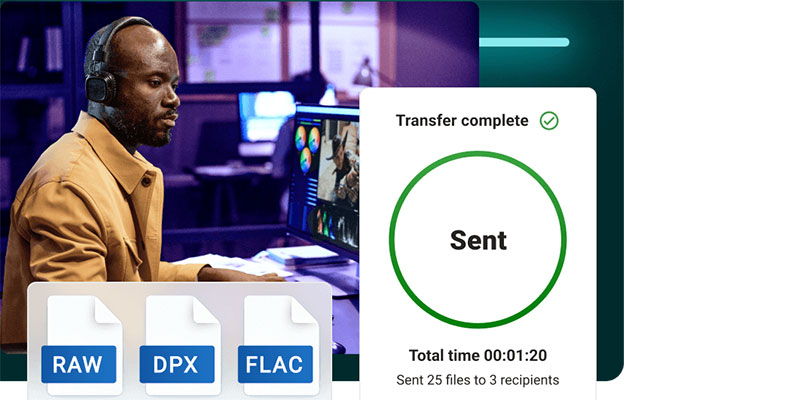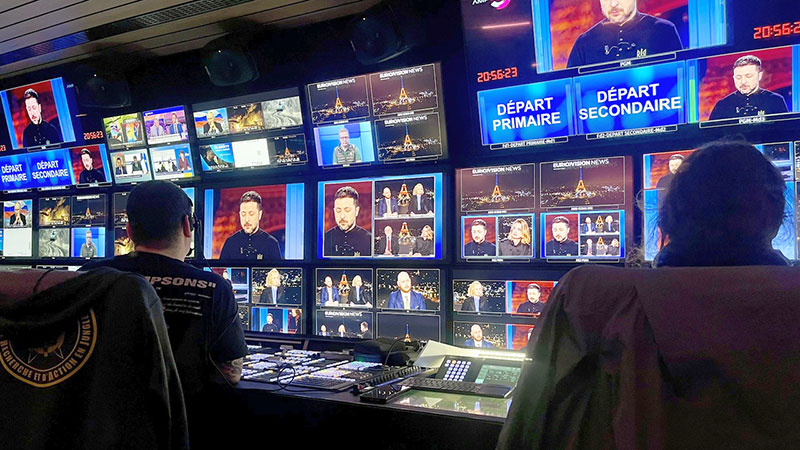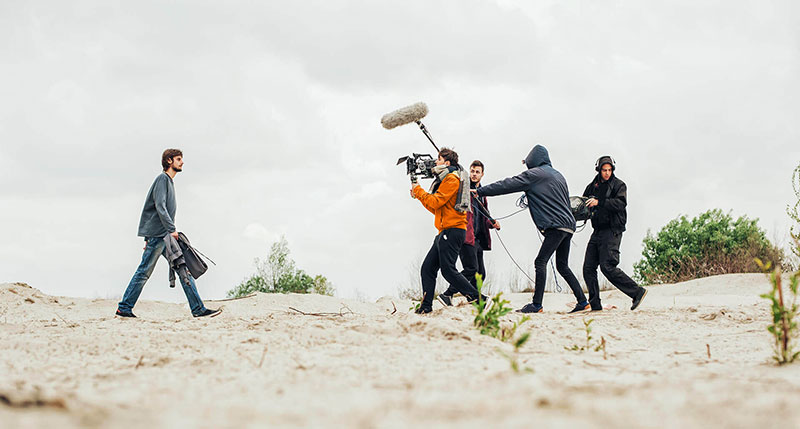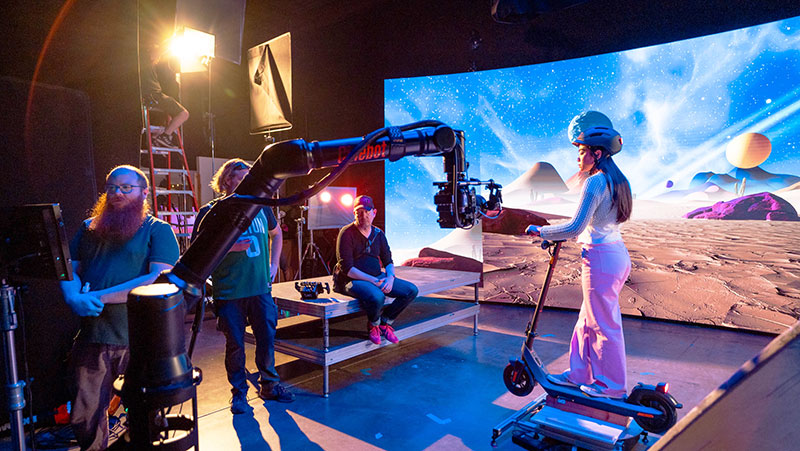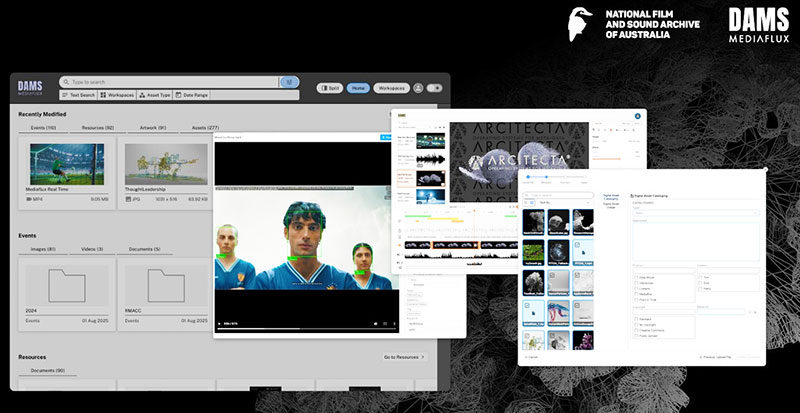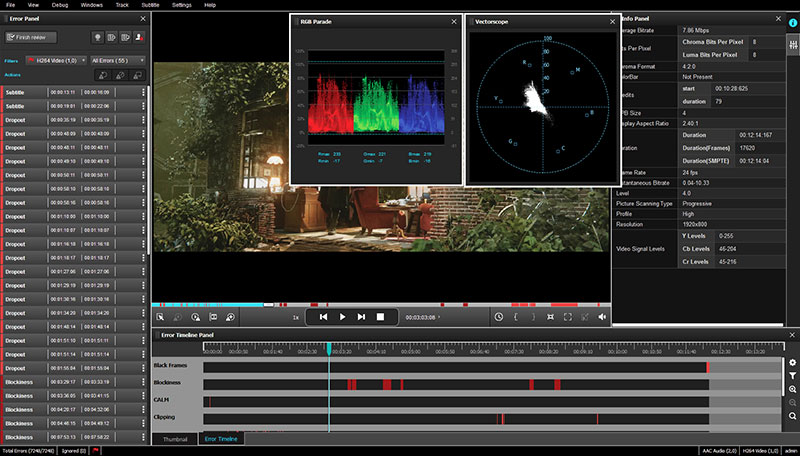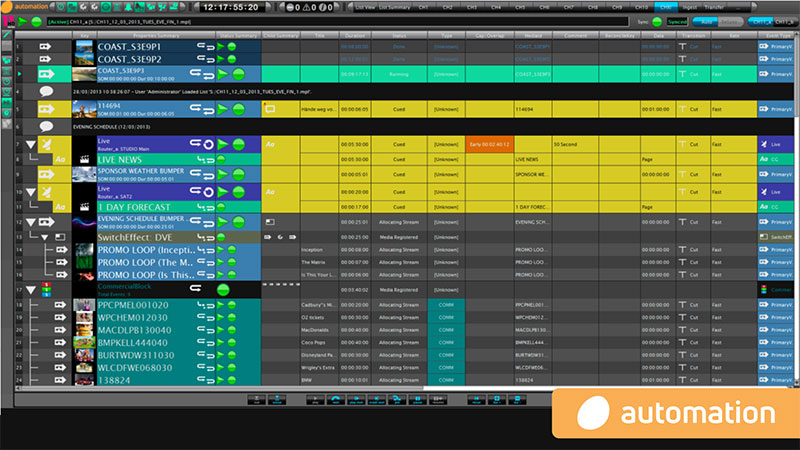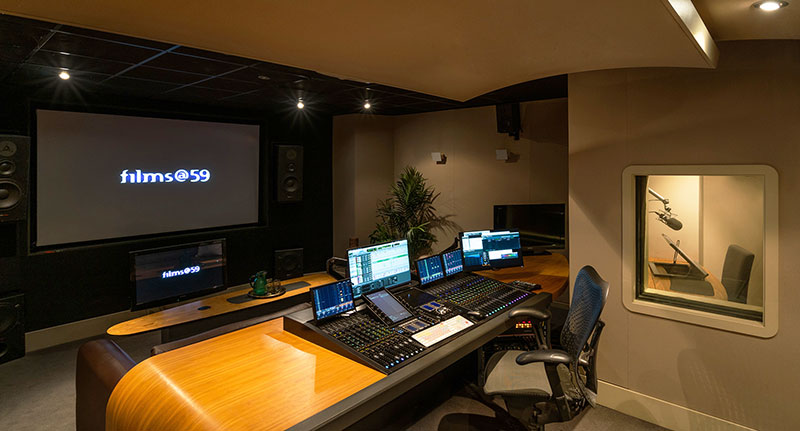Wild Capture and HAND partnered to advance digital human talent authentication and rights management for the volumetric video performances Wild Capture captures.

Wild Capture, specialists in digital humans and volumetric video performance capture, is now part of the HAND beta Talent Registry program, aiming to implement a digital rights system within its Digital Human Platform (DHP).
HAND (Human & Digital) is among the first global B2B Talent ID registries for real and virtual humans. As the digital landscape takes shape around us, through its framework, HAND is developing standards and increasing transparency for reliably verifying people and their virtual counterparts, or ‘digital twins’. HAND’s work includes efficient discoverability, royalty collection and revenue tracking of notable, licensable humans, real and digital.
Interoperable, Persistent IDs
As a HAND beta partner, Wild Capture has access to an API and Web UI for the HAND Talent ID registry database. Integrating these features into Wild Capture’s Unify Solver, which is their platform’s core middleware, will assign an interoperable, persistent ID to talent at the time of capture – similar to a global barcode – based on standards and protocols managed by the registration authority of the Digital Object Identifier (DOI) Foundation.
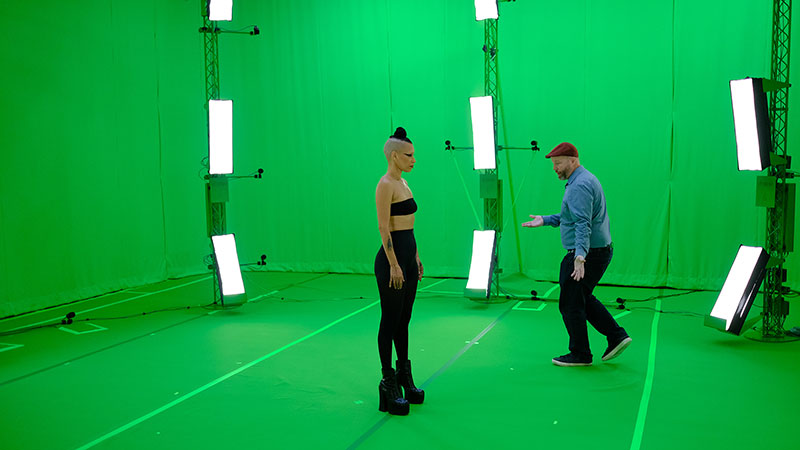
The DOI Foundation has established the DOI System as an ISO Standard (ISO 26324) and is committed to the use of persistent identification. Its identifiers help people find and keep track of objects, and are actionable online. The Foundation recognises the importance of identification in many industry applications today – for instance, tracking products along a supply chain or accessing information online – and that identifying objects as they are created doesn’t go far enough. Objects must be traceable over time.
The Human & Digital Registry
HAND CEO Will Kreth noted that, as a licensed registration agency under the DOI Foundation, HAND is the only talent ID built for the business requirements of Hollywood and the sports leagues and federations, for both real and virtual talent. He said, “Our remit now is to educate the sports and entertainment industries on the value of adopting and using the open, interoperable HAND Talent ID to tag, label and better monetise three types of talent – legal and natural persons, their related virtual human identities (covering each version or scan of them), and fictional characters.
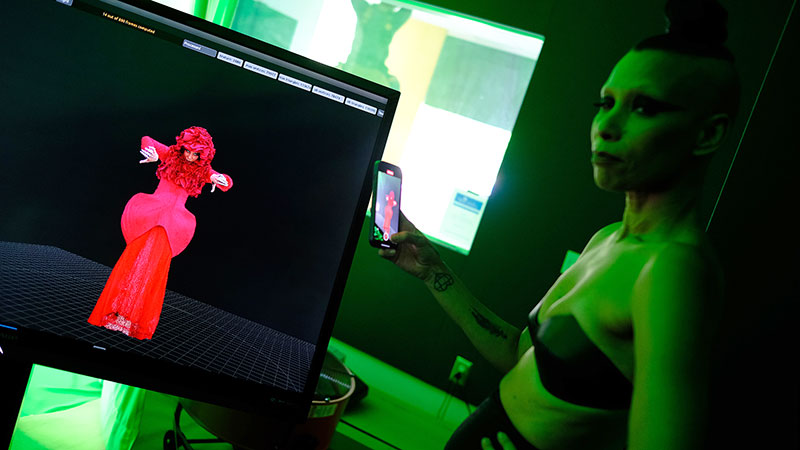
“Wild Capture's expertise in creating digital humans for the entertainment industry is clearly an ideal match for what we aim to achieve at HAND. Working with them and their business use-cases for real world clients will help us gather feedback and improve HAND's product/market fit, while designing for the business requirements of both Wild Capture and Hollywood.”
Their goal for the sports and entertainment world is to be as ubiquitous as a bar-code, and freely resolvable as an IP address. With rising concern over deepfakes and fraudulent uses of A-list identities, it’s essential to maintain trust in talent verification and provenance automation in the digital supply-chain.
For HAND, the word ‘talent’ is very precise – as a B2B SaaS platform, they qualify candidate talent records as ‘HAND Talent ID eligible’ once an individual meets a minimum citation threshold. A public figure considered notable through linked, verifiable citations of works and/or discoverable achievements. HAND has developed an algorithm across seven distinct indices, mapping out the quantitative critical metrics that define notability in a measurable way.
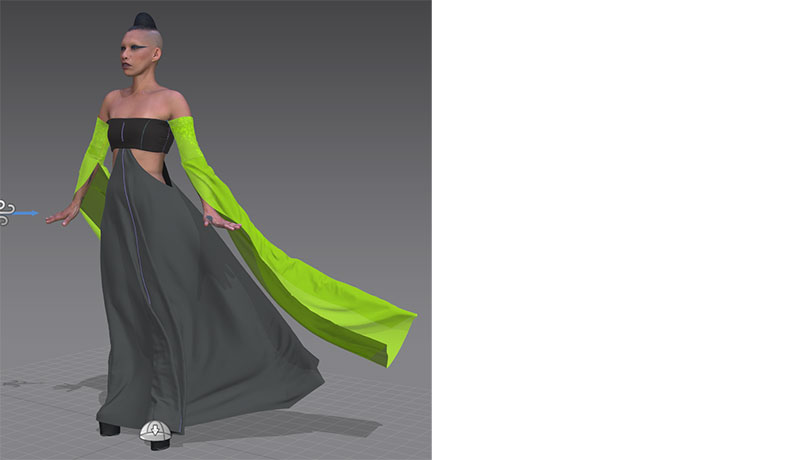
Positive Implications
Wild Capture CEO Will Driscoll said, “Our partnership with HAND’s Talent ID registry will establish a straightforward digital rights management workflow for volumetric video captures. It automates the process of talent identification, which needs to encompass name, image and likeness – factors that define our ability to keep creative control over and monetize talent.”
The ID process is expected to have positive implications for the widespread adoption of digital human technology. Thinking in terms of the entire, expanding digital rights ecosystem, Wild Capture has always made it a priority to address those rights. “Trust is essential to growing that ecosystem, which includes creators, artists, studios, game designers and other creative outlets. It also encompasses individuals lending their likeness for content creation, those producing content, and the audience receiving it,” Will said.
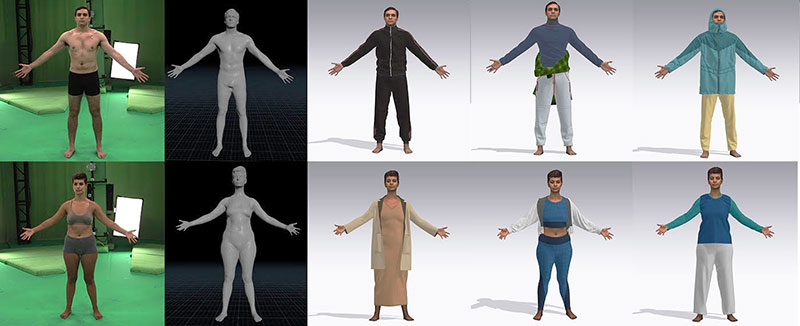
“Consequently, the impact of this system is not limited to the M&E industry. It extends to fashion, product design, education, training and further. For the ecosystem to thrive, users need control over the sale and tracking of their performance assets, and reliable systems in place. HAND and Wild Capture have come together in this discussion because we share those same objectives.”
Digital DNA
Looking at what Wild Capture needs to take into consideration in order to automate digital IDs within their Unify Solver and Digital Human Platform, shows that the procedure will most likely be different for every organisation concerned with creating digital humans.
Because generating the unique digital ID happens at the start of performance capture, Will describes it as the ‘digital DNA’. “Identification and performance capture start off as two separate systems,” he said. “Due to the many variables that are handled in Unify Solver from frame-to-frame – encoding, metadata, version control and other variables – as well as optimisation that occurs at every step, the solve will continuously become more complex.
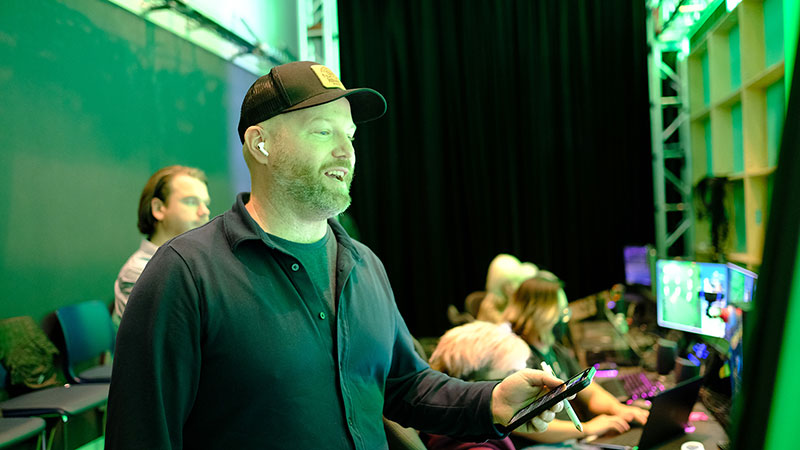
Wild Capture CEO WillDriscoll (left) and COO Louis Normandin (right) working behind the volume capture stage.
“There are various ways to embed extra data into video files and mesh data that can solve a range of problems, from updating standardisation protocols to character performance improvements. Other information that is much more akin to traditional timecode and metadata from older 2D video pipelines is also needed. The end result is expected to be greater interoperability – between digital humans, the data that is embedded in those animated character files, and the 2D software that uses that data.”
It is currently recognised that scalable character data, for instance, requires additional information to be integrated into the character datasets. When combined with scalable USD architecture, the required computing power is considerably less, preventing crashes and improving workflow. Will said, “The benefits of this kind of interoperability and improved data transport cannot be understated.”
Compression
Compression is essential for projects using volumetric data, as files become massive very quickly. But Wild Capture doesn’t regard the extra data added for ID as a problem for compression. When compared to the data sizes associated with deploying or streaming these animated character files, the effect of adding the ID metadata is minimal.
“Traditional data can come in around 50Mb/s per minute, and for us, our unified assets can take that down to 5Mb/s per minute [using Unify Solver]. The metadata and embedding information associated with that would only add 2 to 4% to the data package on top of that at most which, if executed properly, would be 100% worth it, considering the protection received from that embedded data,” said Will.
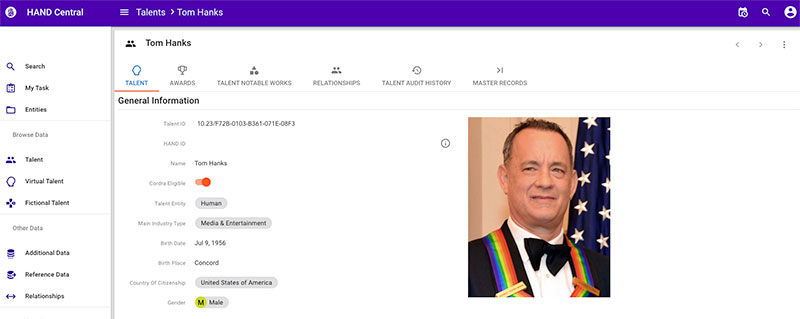
HAND Central Dashboard
Ground Truth and Trust
Wild Capture is now looking forward to working with HAND on a reliable authentication system that safeguards talent likenesses, tracks asset provenance, and ensures the interoperability of each digital human asset they create. Will said, “We talk a lot about ‘ground truth’ at Wild Capture, referring to highly accurate photographic data and 3D positioning information. Mechanisms like licensing will continue to evolve as the technology advances, but using persistent IDs that relate back to that accurate data will be the key.
“In order to build trust in both creative and monetisation processes, these two things must work together. The ability to give a unique digital ID to talent at the outset of the performance capture session inspires trust and serves as a cornerstone for effective rights management, especially crucial to meet the rising prevalence of AI-generated content.”

HAND CEO Will Kreth
The Need for Standards
Will Kreth also believes the HAND Talent ID registry makes talent identity simpler and more scalable in a human and digital world. He said, “Wild Capture came to us with a real need to tag, label and keep track of the digital virtual talent they are scanning and creating. Like many, HAND and Wild Capture are keenly following how the portion of the proposed SAG-AFTRA / AMPTP agreement dealing with Digital Replicas and Synthetic Performers evolves.
“What is certain is that standardized solutions to keep track of all of these entity types are needed and will be implemented. HAND is here to help with mapping these talent types to the open HAND Talent ID database.”
The HAND Talent Registry is currently operating in a limited private beta. HAND Talent IDs are scheduled for availability in the first half of 2024 and will be searchable by everyone. www.wildcapture.io








